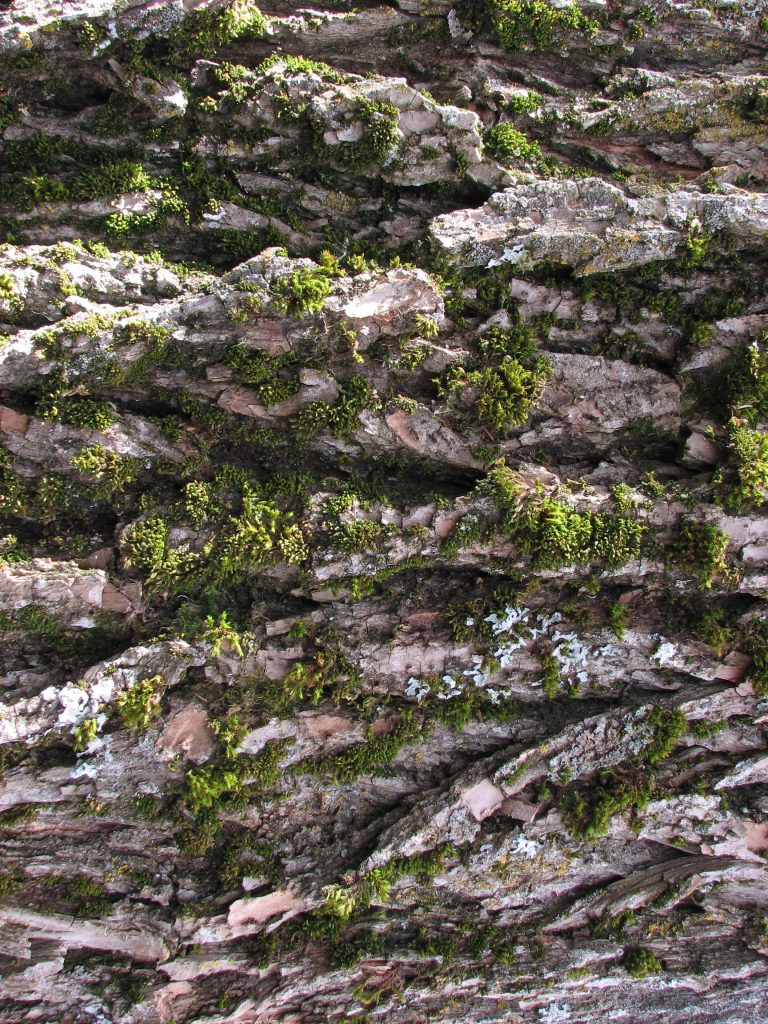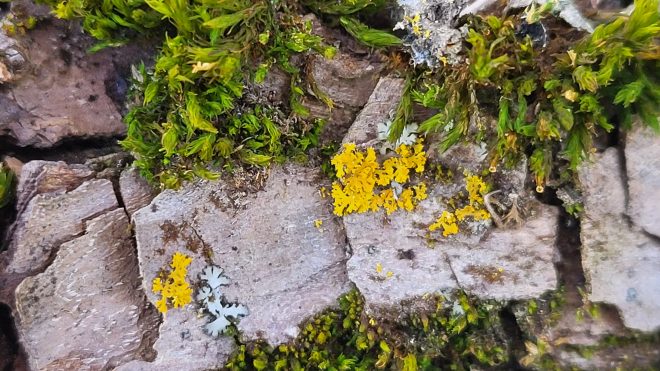When we lived in the mountains, an old-timer friend used to say, “The longest part of winter is waiting for spring.” I can attest to the fact that this expression is also true for those of us who live in the valley.
This past winter wasn’t bad, but it felt like a lengthy one: from the November 2nd snowstorm that knocked out power for two days, to the December 21st Winter Solstice deep freeze (31 degrees below zero), followed by a Christmas day drizzle that transformed navigable snow- packed roads and driveways into skating rinks.
The snow around our place usually comes and goes throughout the winter. This year it came and stayed.
On March 15th , our pastures had 90 to 95 percent snow cover. Five days before the official start of calendar Spring, bluebird skies and sunshine appeared. Morning temperatures registered in the teens and 20s, but daytime highs rose into the upper 30s to mid-40-degree range. In less than a week’s time our snow cover dwindled to 30-35 percent.
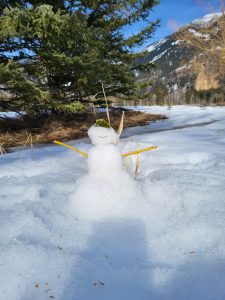 With the warmth of sunshine, I decided it was time to create one last snow being to celebrate the change of seasons and ease into Spring. By late morning, melting snow became malleable enough to form a grapefruit-sized base, a tennis ball sized midsection and a ping-pong-ball-sized head.
With the warmth of sunshine, I decided it was time to create one last snow being to celebrate the change of seasons and ease into Spring. By late morning, melting snow became malleable enough to form a grapefruit-sized base, a tennis ball sized midsection and a ping-pong-ball-sized head.
A golden willow’s bright yellow twigs formed the upstretched arms; a spruce needle became a smile; two birch seeds served as eyes; and a small verdant piece of moss with an attached pale green wisp of lichen substituted as a cap for this ephemeral creation nicknamed SnowBe (short for snow being).
I photographed SnowBe twice a day to help me observe the rate of snowmelt. By late afternoon on the first day, SnowBe’s cap slid slightly closer to the eyes. The following morning, SnowBe’s eyes and smile had a skim of ice over them from the previous day’s melting followed by nighttime freezing.
On the afternoon of the second day, SnowBe’s cap appeared at “waistline” level while the detached arms were barely noticeable as they sank into the melting snowpack. By the third morning, the only reminder of SnowBe was the beautiful dark green mossy cap with its flourish of pale green lichen.
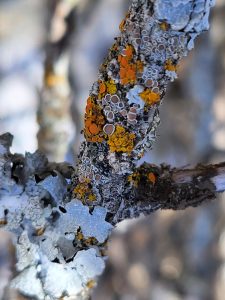 This fun little ephemeral art project took me in a direction I hadn’t expected. The exquisite details of the moss inspired me to look for other mosses and lichens. By slowing down, I was drawn to the thick, furrowed bark of a golden willow and discovered that up close viewing was like exploring a new world. Some of the willow’s large horizontal branches reminded me of rock layers and terraces covered in colorful, Lilliputian-sized cushions, carpets and splotches of life.
This fun little ephemeral art project took me in a direction I hadn’t expected. The exquisite details of the moss inspired me to look for other mosses and lichens. By slowing down, I was drawn to the thick, furrowed bark of a golden willow and discovered that up close viewing was like exploring a new world. Some of the willow’s large horizontal branches reminded me of rock layers and terraces covered in colorful, Lilliputian-sized cushions, carpets and splotches of life.
On the branch of a different tree, I keyed in on bright orange and yellow circles and cup-shaped lichens. Some of the “cups” were beige with white rims. In another place I found the fluted pink edges of stalked lichens. The stalks were mint green and arose from a cushion of yellow-green moss. These looked like the backdrop from a fairy tale scene.
As I write this blog, we’re a full week into Spring.
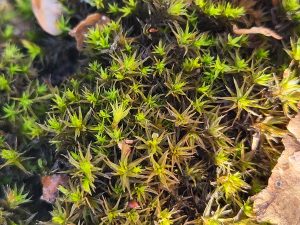 Today there’s a gentle breeze – cool enough to warrant a wool hat and gloves – and the sky is a mix of sun and clouds. Patches of snow in the shade and mounds of snow heaped from winter plowing are reminders that the longest part of winter is waiting for Spring.
Today there’s a gentle breeze – cool enough to warrant a wool hat and gloves – and the sky is a mix of sun and clouds. Patches of snow in the shade and mounds of snow heaped from winter plowing are reminders that the longest part of winter is waiting for Spring.
But I don’t fret. Warmer days, green leaves and flowers are on the way. Until then, I’m having fun discovering patchworks of color as we ease into Spring.
Invitations for Celebrating Spring
One of the great things about forest bathing is that you’re free to adapt an invitation. There’s no right or wrong way to approach it. There’s no judgement. Here are a couple invitations you might like to try.
Ephemeral Art:
Ephemeral art can be created any time of year. It is a type of art that lasts for only a short period of time. I wonder what kinds of natural objects you might find on the ground that inspire you to create something from them? Allow the inner child in you to come out.
The Aha Moment:
I wonder what you may discover by walking slowly and stopping often to observe small details?
